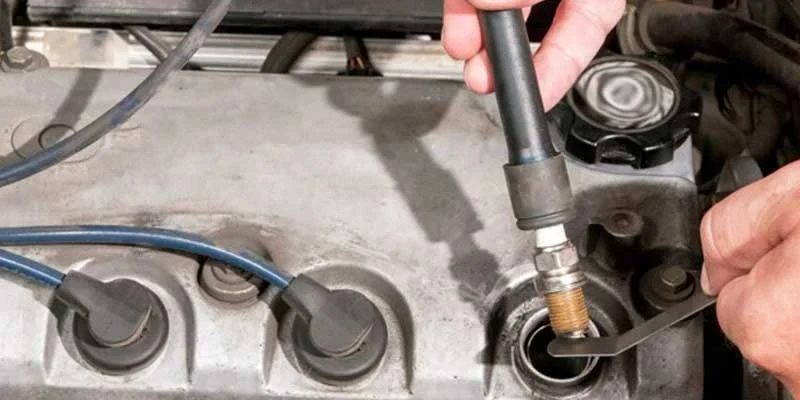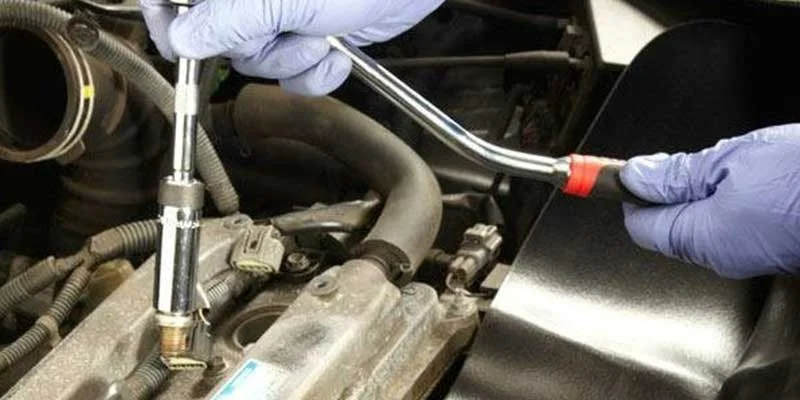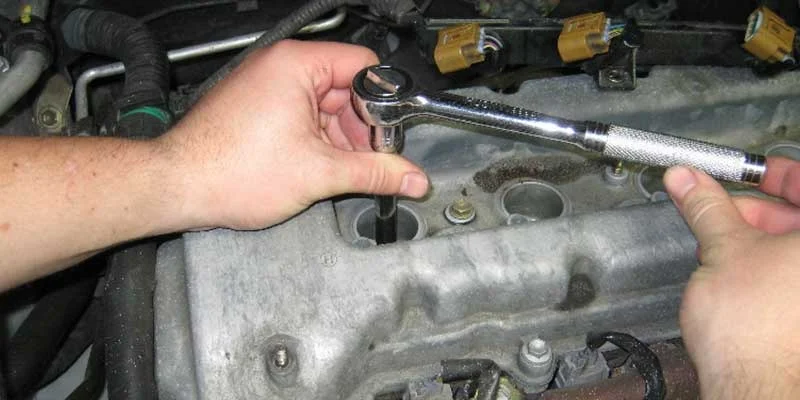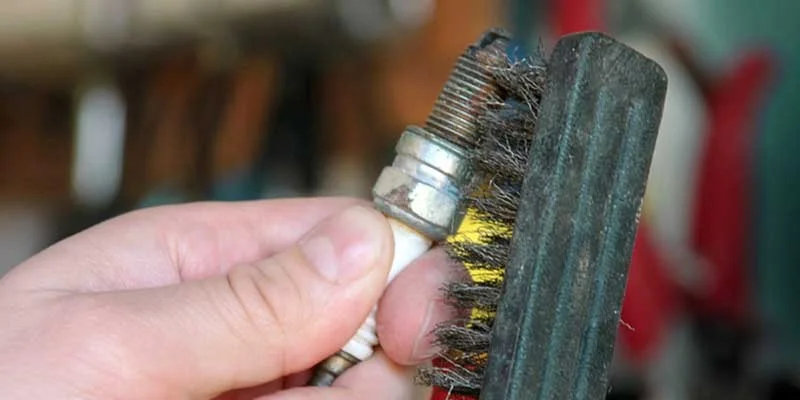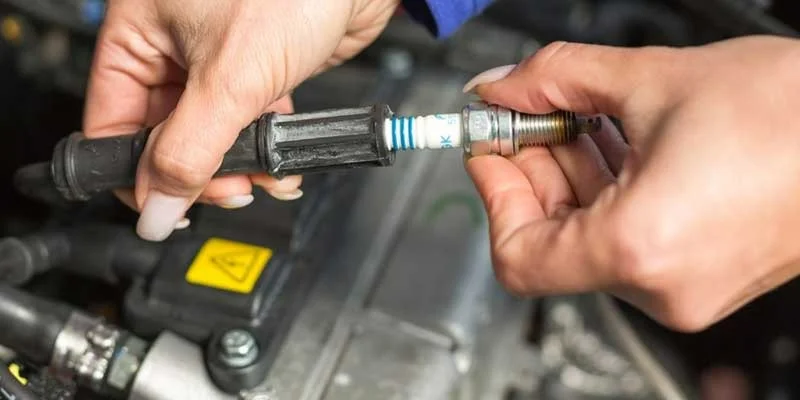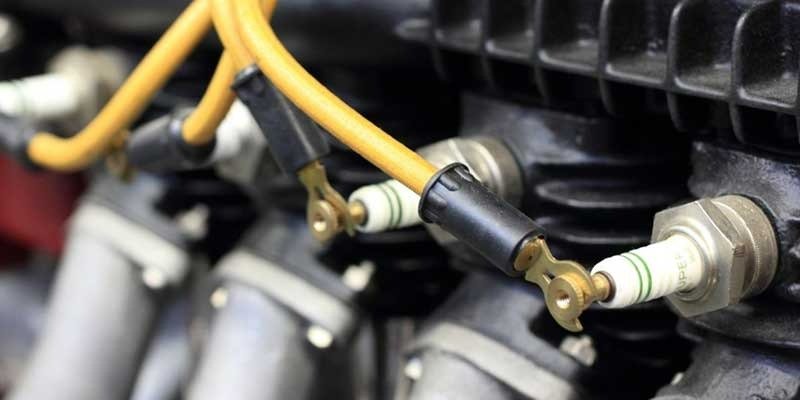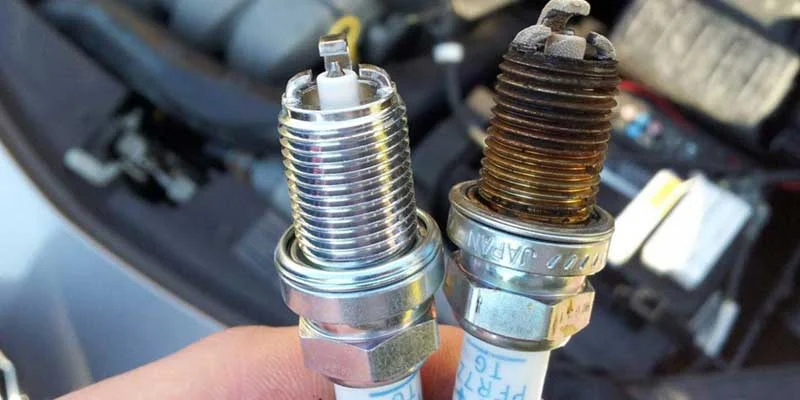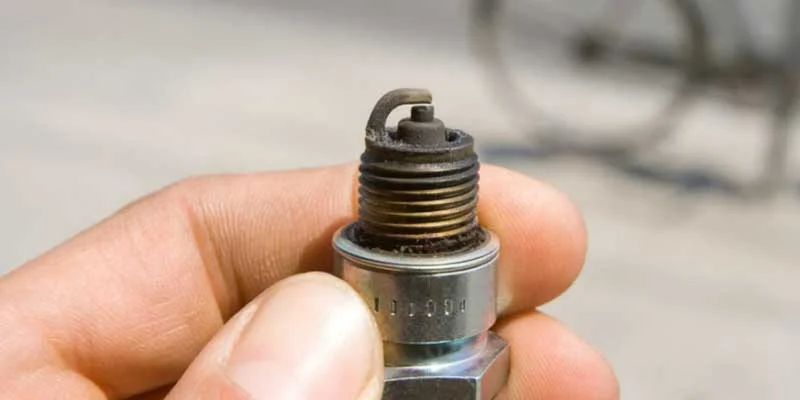While installing a spark plug, gap in its electrodes is the most important consideration for the smooth functioning of Spark Plug. Buying a right spark plug is important but if not gapped properly, it will fail to complete the internal combustion process. Hence, installing the Spark Plug with right gapping is highly important.
Even when you clean the spark plug, you must cross check gapping before installing/reinstalling spark plugs. In this guide we are going to discuss about gapping in the spark plug and how it is important?
So, Let’s get started!
What is a Gap in a Spark Plug?
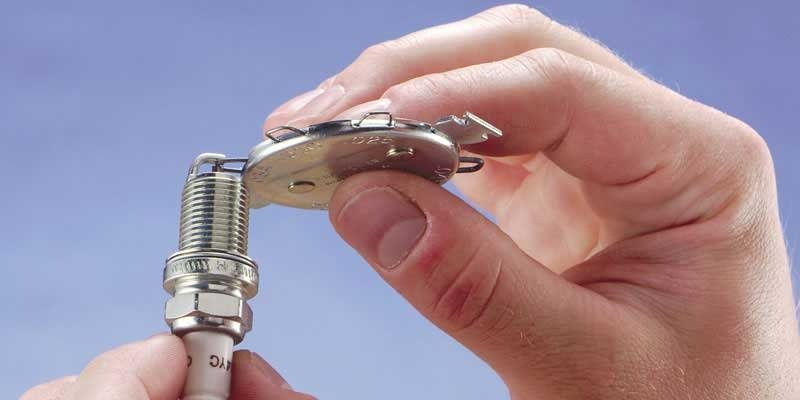
The gap between the side and centre electrode is called as gap. It is essential for the arcing occurrence so that the spark plug can ignite the fuel at a proper voltage. The gap ranges from 0.028″ to .060″ but it plays an important role in the performance of the spark plug. If the gap is not properly maintained then there will be a short circuit or a high resistance which results in poor ignition quality.
The gap should be checked before starting the engine. To check the gap, you need to use a special tool called “Gap Checker”.
Do All the Spark Plug Need Gapping?
No! the modern spark plugs are pre-gapped and you don’t need any gapping for them. But you must double check the gapping as any flaw will lead to spark plug failure and subsequently – a failed engine.
But how to Gap a Spark Plug?
Here is a step-to-step guide on how to gap a spark plug:
1. Understands the Vehicle Specifications
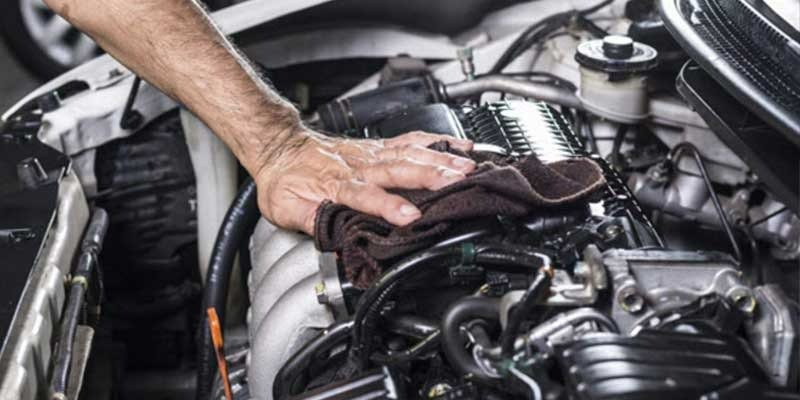
First thing first, you have to understand your vehicle specifications such as the type of engine, compression ratio, number of cylinders etc. This information will help you to select the right spark plug size.
2. Choose the Right Gap tool
With large varities of tools available, choosing the right gap tool is a daunting task. For the cheapest gap tool option, A coin style gap measure is perfect to consider. It is a good tool for older cars.
Wire coin gap works almost same on the principles a regular coin-style gap does. However, there are different wire measures for different lengths.
If you are looking up for a versatile Gap tool, blade style feeler gauge is best to consider. There are different blades available for this gap tool to measure different gaps.
3. Measuring the Gap Using Tool
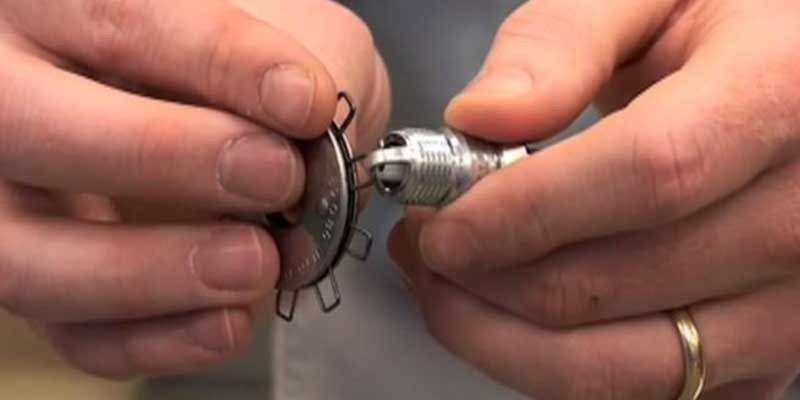
Use the correct blade or wire of your gap tool and place it between the electrode tips on the plug, or run the coin between the electrodes in order to determine the amount.
4. Adjusting the Gap
If the instrument passes through the gap, but doesn’t touch the electrodes in the proper distance, the gap isn’t large enough. If it’s impossible to fit your electrodes in, then the gap is too narrow and must be increased by a little. If it’s close to the measurement you’ve specified it is safe to use it.
- Iridium and spark plugs are the modern spark plugs that don’t require to be gapped prior to installing the plugs. If you’ve got a modified engine, you may be looking to install or test plugs with an alternative spacing. You can adjust them to suit your needs.
5. Adjusting the bottom electrode:
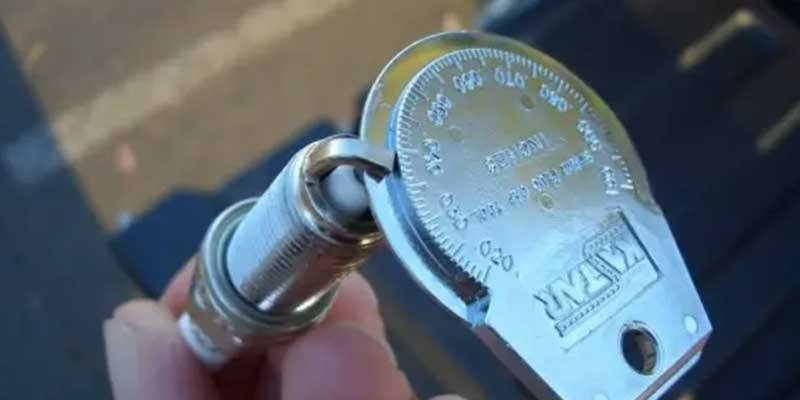
If you are holding the spark plug, with the electrodes pointing on the floor then you’ll need to bend the lower electrode with a gentle bending, either toward the other electrode if would like to narrow the gap or out if you would like to widen the gap.
- Do not bend more than a couple of (.02) parts of an inch. It doesn’t require a lot of pressure therefore be extremely cautious. Spark plugs are delicate, and any cracks could trigger misfires.
- If you’re having difficulty using the device to adjust the gap, you could try making it bend by using a flat surface such as the table, and then apply moderate pressure to the electrode to allow it to be adjusted.’
6. Re-measuring the Gap
Never contact the electrode as they are highly sensitive. If you do so, you risk damaging them. To re-measure the gap, you should remove the spark plug from the cylinder head and reinsert it into the hole in the block. The new gap is measured at the top of the spark plug.
If the plug gap is too small or if there is a huge difference between the size of the plug and the cylinder bore, you need to adjust your ground electrode. You can either remove the ground rod entirely or replace it with an adjustable ground electrode.
Adjustable ground electrodes are available in different sizes and shapes, depending on what kind of plug you have. A key ring style tool is perfect for adjusting the gap. Lift up on the bottom end of the tool and slide the ground electrode down until it touches the metal surface of the plug.
Then tighten the screw to keep the ground electrode in place. To loosen the ground electrode, simply pull it back out slightly. If you need to increase the gap, repeat steps 1–3. If you need the gap to decrease, repeat steps 1–4.
The process is repeated until the gap has been reduced to the desired level.
What are the consequences of Faulty Spark Plug?
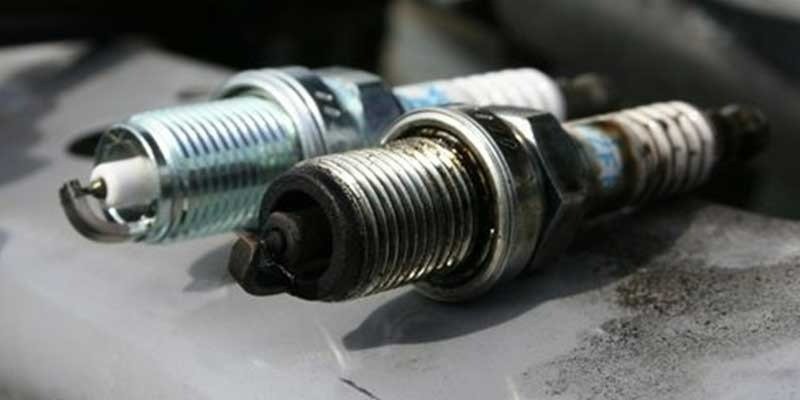
Faulty spark plugs can cause serious damage to your car. They can also lead to expensive repairs.
- They can cause problems when starting your car, especially if you’re driving on cold mornings.
- A faulty spark plug can result in overheating of the engine, which will eventually destroy the engine.
- A faulty spark plug can even cause the engine to catch fire.
- Replacing a faulty spark plug will cost around £50 – £100 depending on the type of fault.
Conclusion
So if you want to get rid of this problem, you must know how to properly use a spark plug gap adjustment tool. This tool is very easy to use and will help you to make sure that your spark plugs are working correctly.

My Name is Christopher Angels, and I am a postgraduate in mechanical engineering. Cars have always excited me as a child, and soon I decided to dive into the world of cars by pursuing mechanical engineering. I also worked as a Mechanic for over 3 years to understand Cars’ anatomy and how each part contributes to its working.
My Name is Christopher Angels, and I am a postgraduate in mechanical engineering. Cars have always excited me as a child, and soon I decided to dive into the world of cars by pursuing mechanical engineering. I also worked as a Mechanic for over 3 years to understand Cars' anatomy and how each part contributes to its working.

